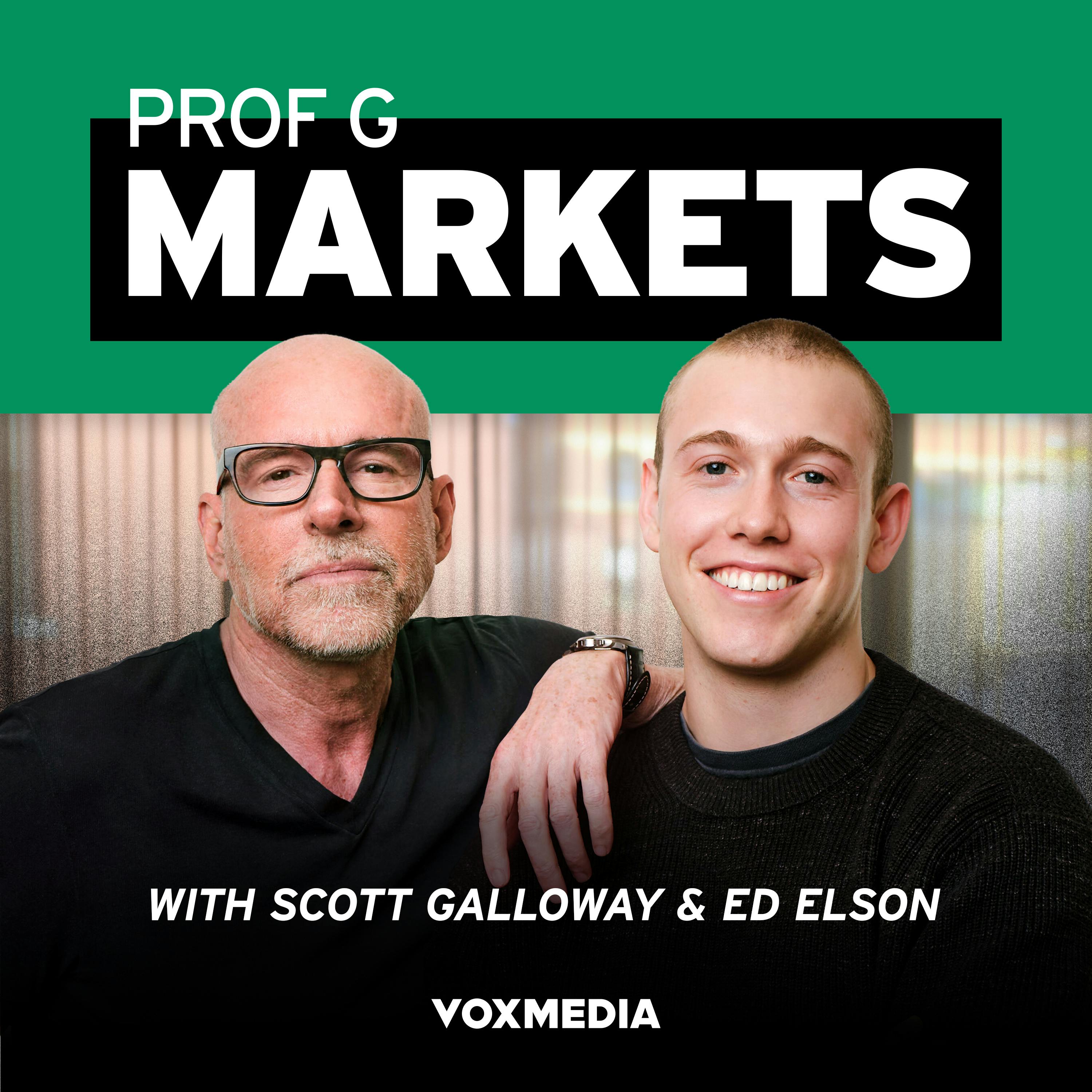PortalsOS
Related Posts
Vote to see vote counts

Gold's current status as a risk asset challenges its traditional role as a safe haven. Its rise is driven by momentum and speculation, not intrinsic value or central bank actions.
80% of the UK's borrowed money last month went to paying off existing debt, akin to using a credit card to pay off another credit card, highlighting fiscal irresponsibility.

The Wall Street crash and subsequent deflation forced most countries off the gold standard in the 1930s, except for the United States. Roosevelt's New Deal made it illegal for Americans to own gold.
The gold standard, designed by Isaac Newton in the 18th century, was abandoned by the Bank of England in 1798 because it couldn't afford to redeem its notes for gold. This marked a significant shift in economic policy.

The bottom line is the run-up in gold is essentially an indictment against the U.S. because gold is sold. Also dollars.
According to surveys, 95% of central banks around the world are planning to expand their gold reserves over the coming year, driven by loose monetary policy and concerns about currency debasement.
Since the final vestiges of the gold standard were abandoned in 1971, the supply of money has ballooned. This has led to more money chasing the same amount of goods, contributing to the rise in prices over the years.
In 1925, Britain returned to the gold standard at the pre-war rate as a show of strength, but it was a 'fake gold standard' since gold was no longer in circulation, unlike in the 19th century.
The gold sovereign, introduced in 1816 after the Napoleonic Wars, was the most successful coin in history. Today, it takes 650 modern pound coins to buy what one old pound coin was worth, illustrating the extent of currency debasement over time.